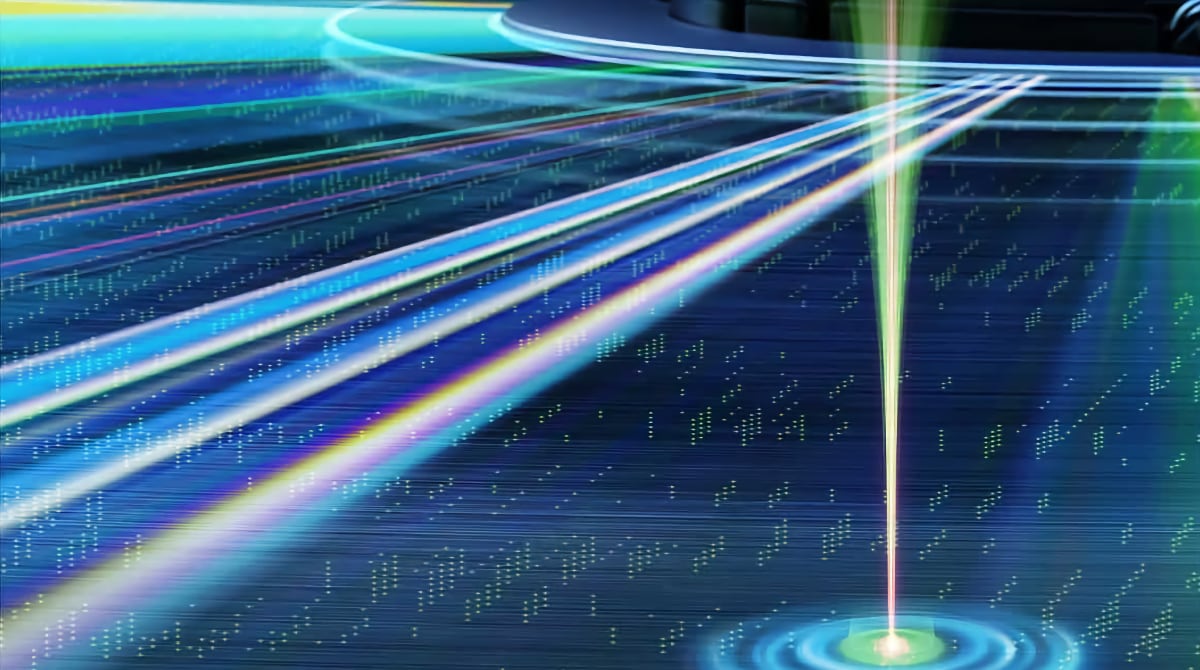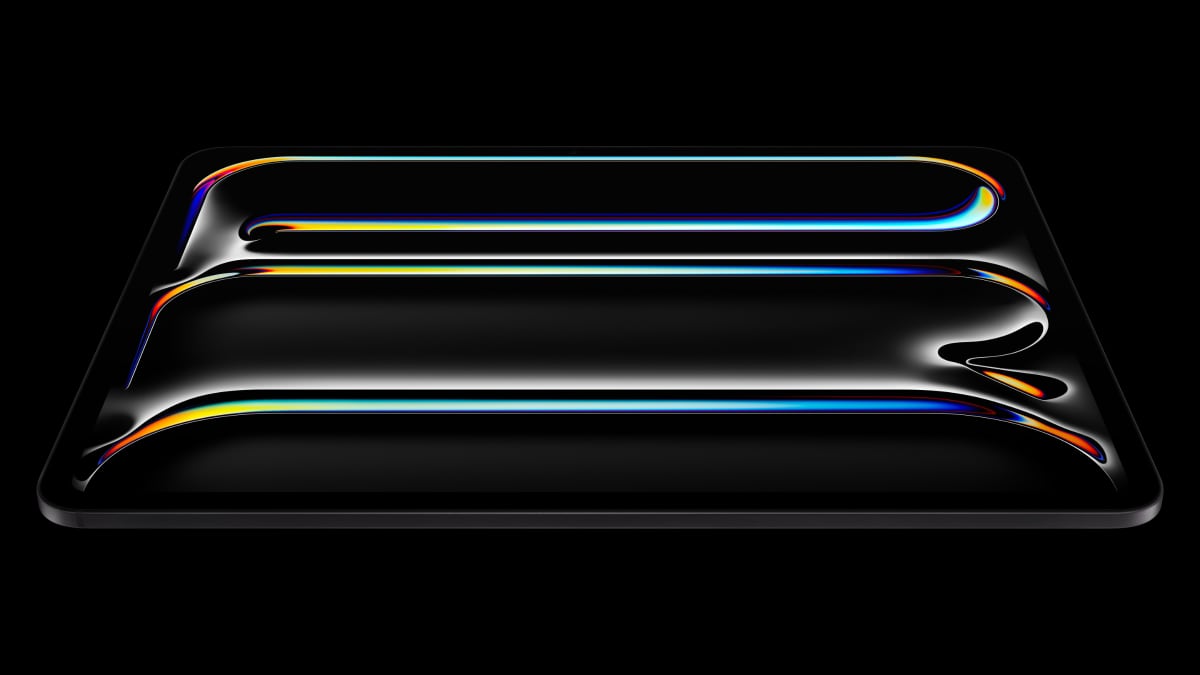A new type of optical disc the size of a Blu-ray can hold up to 200,000 gigabytes of data and can be manufactured in existing DVD factories, according to scientists from the University of Shanghai.
The new optical disc has a capacity of up to 1.6 petabits, which corresponds to 1.6 million gigabits, 200,000 gigabytes, or 200 terabytes.
For comparison, UHD Blu-ray has a capacity of up to 100 gigabytes with a 3-layer disc, so it represents a massive 2000x increase.
The Chinese scientists published their findings in a research paper earlier this month in Nature, explaining that it is a "3D nanoscale" optical disc with up to 100 layers that can each hold data. It uses a novel light-sensitive material called AIE-DDPR and two types of lasers to read to disc; 480nm blue and 592nm orange, respectively.
The team believes that blank discs can be manufactured using conventional DVD mass production. It would take around 6 minutes to produce a blank disc.
8K Blu-ray is still unlikely
The breakthrough raises the question of whether the new optical disc could be used to create an 8K or even a 16K Blu-ray movie disc to supplant the current 4K UHD Blu-ray format.
However, the launch of an 8K Blu-ray format is still unlikely, not due to technological factors but market factors, as explained way back in 2019 in our article here. Unless consumers develop a newfound taste for physical media, our conclusion from 2019 is likely to stand.
Also read: US home entertainment market up 16.8% in 2023, DVD/BD down 25%
The scientists imagine that it can instead be used as a high-storage technology in data centers.
- "This technology makes it possible to achieve exabit-level storage by stacking nanoscale disks into arrays, which is essential in big data centres with limited space," said Miao Zhao, Jing Wen, Qiao Hu, Xunbin Wei, Yu-Wu Zhong, Hao Ruan, and Min Gu from the University of Shanghai for Science and Technology.
- Source: Nature via IEEE, front page visual: University of Shanghai









